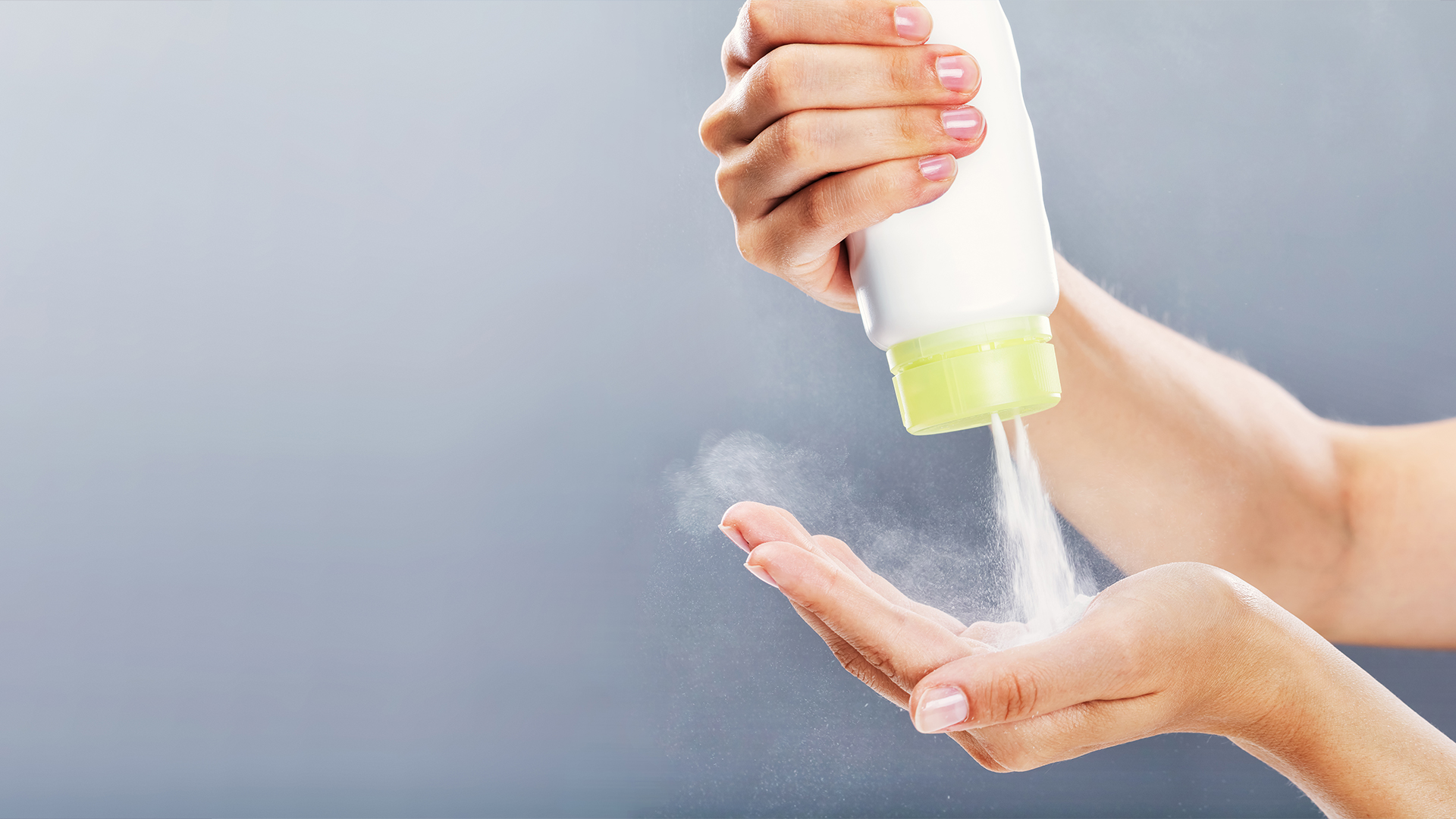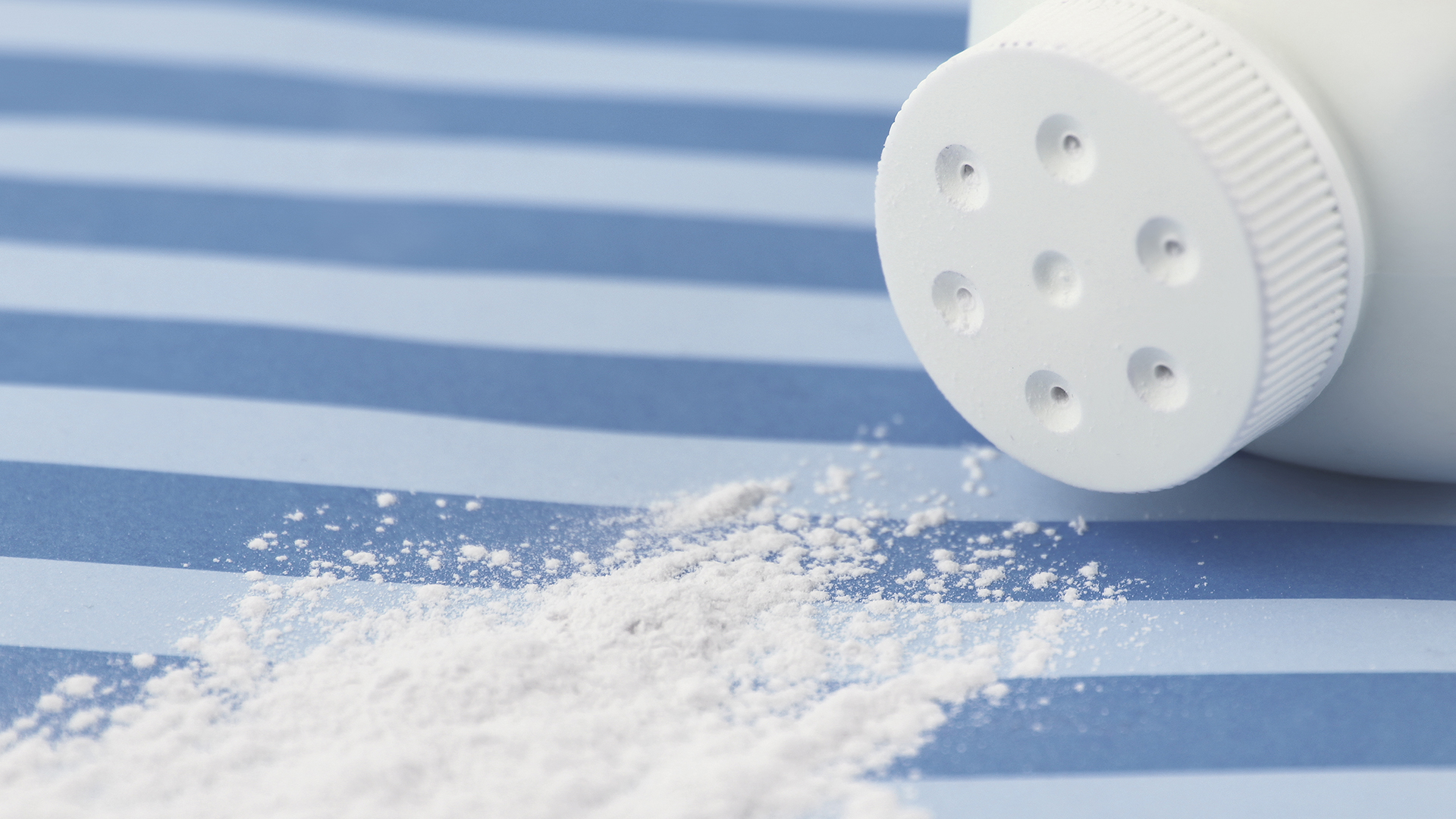Several large verdicts against Johnson & Johnson have drawn the nation’s attention to the risks related to baby powder. The branding of the product has connoted safety for decades, being persistently touted by J&J as safe enough for a baby.
At least since the 1970s, however, there has been growing evidence of a link between daily use of talc-based powder and ovarian cancer. Women have been filing more talcum powder-related products liability lawsuits and waging proverbial David-versus-Goliath battles against the huge corporation.
The number of lawsuits continues to increase
In 2013, the first case went to jury trial in Federal District Court in South Dakota. While the jury found J&J negligent, it did not award the Sioux Falls woman who brought the case any money. Forgoing a $1.3 million settlement offer, she wanted to get the product off shelves or, at the very least, have a warning label added to the bottle. The company made no change.
The most recent case to go to trial resulted in a verdict of $417 million from a Los Angeles jury that included a rare award of $347 million in punitive damages designed to punish the company for its harmful behavior. Still, J&J stands behind the safety of its product and plans to appeal.
Many of those seriously injured – 4,800 women have filed lawsuits, according to a New York Times analysis – have diverse and multiple concerns. The South Dakota plaintiff’s stated focus on public safety is one filing catalyst, which is echoed by other seriously ill victims who also want to see Johnson & Johnson add a warning label or reformulate its product to use cornstarch instead of talc as the active ingredient.
And additionally, of course, meaningful compensation – for many litigants, which understandably means a maximum recovery – is a primary motivation driving their legal complaints. Sizable money damages awarded an injured plaintiff obviously go a long way toward helping a victim recoup economic losses, as well as respond to pain and suffering and related consequences.
Johnson & Johnson recorded profits of approximately $16.5 billion in 2016. Net litigation expenses were about $800 million. But damage to its reputation may be more of a concern to the company.
Multidistrict litigation (MDL) consolidation
As more plaintiffs file lawsuits, consolidation and transfer of cases to a New Jersey federal court is occurring. This allows for efficiency and streamlined pretrial procedures, but still allows each case to be tried separately.
Six of seven cases to go to trial have gone against the company. But several complaints filed in New Jersey have been dismissed before victims could have their day in court, with judges ruling in those matters that there was not sufficient, credible scientific evidence.
The science is not conclusive. Asbestos particles that naturally occur in talc have been stripped from products since the 70s. But talc, itself, is likely the problem because it has the tendency to be absorbed and cause inflammation in the ovaries that can lead to cancer.
If you learn of an ovarian cancer diagnosis and used talc-based powder over the years, please discuss your situation with a products liability attorney. You need to know that you have a right to sue for damages and that there are potentially strong legal remedies available to compensate you for health-related injuries and losses.
















